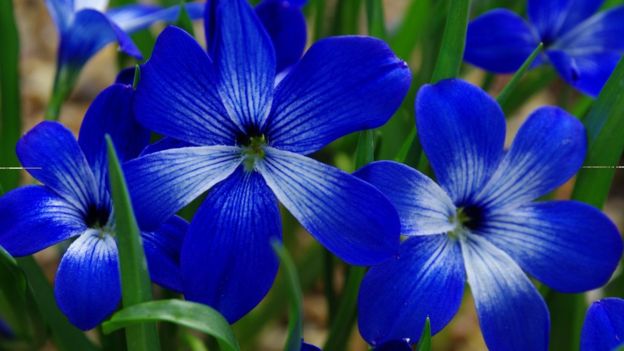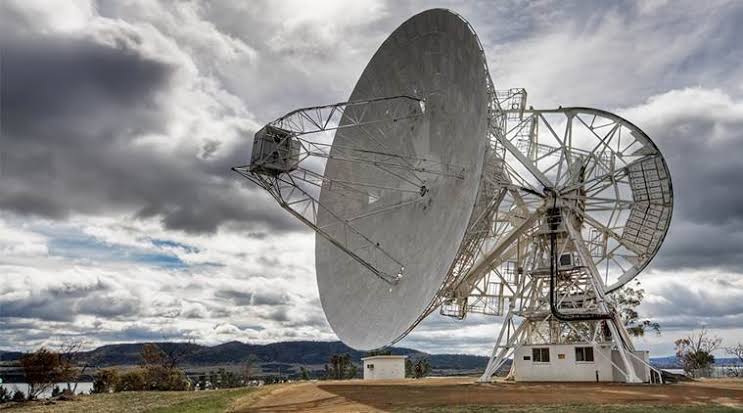Almost 600 plant species have been lost from the wild in the last 250 years, according to a comprehensive new study.
The number is based on actual extinctions rather than estimates, and is twice that of all bird, mammal and amphibian extinctions combined.
Scientists say plant extinction is occurring up to 500 times faster than what would be expected naturally.
In May, a UN report estimated that one million animal and plant species were threatened with extinction.
What did the study find?
Scientists at the Royal Botanic Gardens, Kew, and Stockholm University found that 571 plant species had disappeared in the last two and a half centuries, a number that is more than twice the number of birds, mammals and amphibians recorded as extinct (a combined total of 217 species).
The researchers believe these numbers underestimate the true levels of ongoing plant extinction.
One positive, though, was evidence that some plants once thought extinct have been rediscovered, such as the Chilean crocus.
Why does plant extinction matter?
All life on Earth depends on plants, which provide the oxygen we breathe and the food we eat.
Plant extinctions can lead to a whole cascade of extinctions in other organisms that rely on them, for instance insects that use plants for food and for laying their eggs.
Plant extinction is bad news for all species, said Dr Eimear Nic Lughadha, co-researcher and conservation scientist at Royal Botanic Gardens, Kew.
What lessons can we learn?
The researchers are calling for a number of measures to stop plant extinction:
- Record all the plants across the world
- Support herbaria, which preserve plant specimens for posterity
- Support botanists who carry out vital research
- Teach our children to see and recognise local plants.
“We depend on plants directly for food, shade and construction materials, and indirectly for ‘ecosystem services’ such as carbon fixation, oxygen creation, and even improvement in human mental health through enjoying green spaces,” he commented.

















